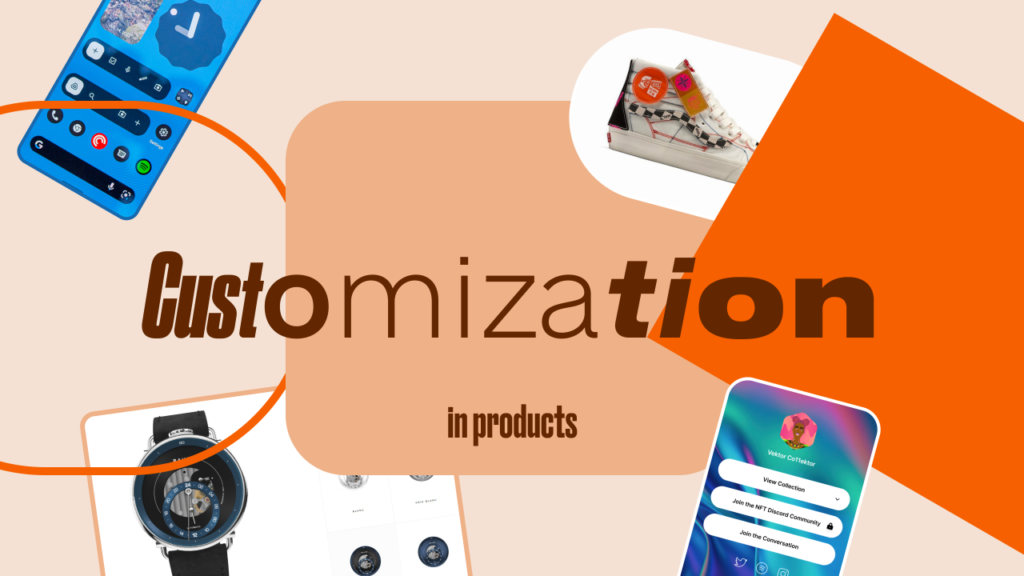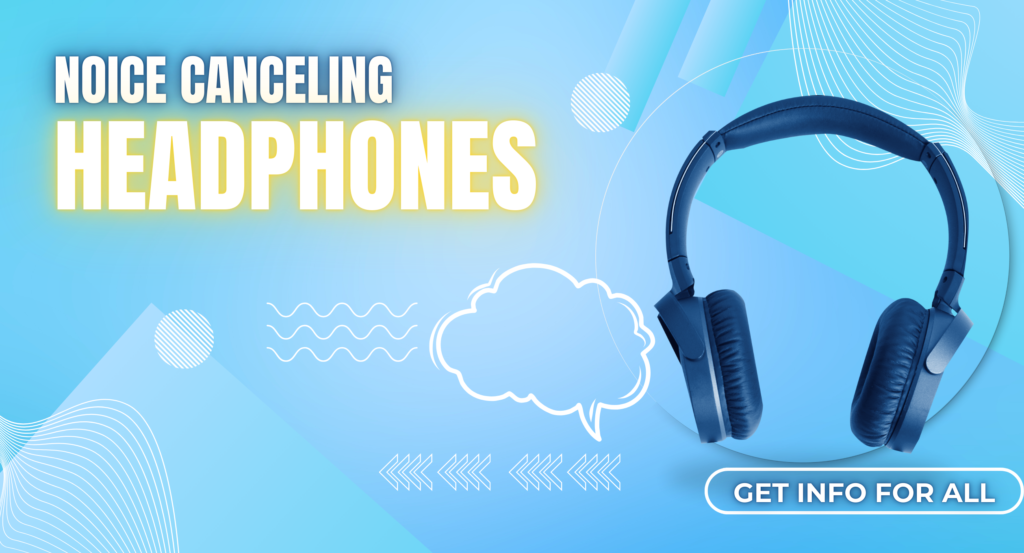Customizable User Interfaces: Enhancing User Experience through Personalization
In today’s fast-paced world, digital tools and platforms are a part of almost every aspect of our daily lives. Whether we’re browsing the web, using a mobile app, or interacting with software at work, we expect interfaces that are intuitive, easy to navigate, and above all, personalized to our needs. This is where customizable user interfaces (UI) come into play, allowing users to tailor the look, feel, and functionality of digital environments to their preferences. Check out the Customizable User Interface at Get Info For All.
Customizable user interfaces offer significant advantages not just for businesses but also for end users. They improve user satisfaction, streamline workflows, and help to bridge the gap between the general design of a platform and the specific needs of the individual user. In this article, we will dive deep into what customizable user interfaces are, their benefits, their importance in today’s technological landscape, and how they are shaping the future of digital interaction.

What Are Customizable User Interfaces?
A customizable user interface is a UI design that allows users to modify elements such as layouts, themes, fonts, colors, and functionality according to their personal preferences. These customizations can be made in a variety of ways, from simple changes such as switching from light to dark mode, to more advanced adjustments like moving, resizing, or hiding certain elements of the interface. The core idea is to empower users by giving them more control over how they interact with the system.
For example, many modern operating systems such as Windows and macOS allow users to adjust screen resolutions, rearrange desktop icons, and choose color schemes that suit their visual preferences. Similarly, apps like Gmail or Microsoft Outlook offer users the ability to change the layout of their inbox, the order in which emails are displayed, and the themes for a more personal touch.
Customizability can also extend to the functionality of an interface. For instance, users may be able to add widgets, shortcuts, or automation tools, making tasks quicker and easier to perform. Some software systems even allow users to create their own workflow with a drag-and-drop feature to design the interface exactly how they want.
The Benefits of Customizable User Interfaces
The implementation of customizable UIs goes far beyond just aesthetic appeal. There are several key benefits that make customizable user interfaces a preferred choice for both users and businesses:
1. Improved User Experience
The most obvious benefit of customizable UIs is the enhanced user experience. When users can adjust their interface to suit their needs, they feel more comfortable and in control. This increases user engagement, reduces frustration, and improves overall satisfaction. Whether it’s adjusting font sizes for better readability or arranging tools in an order that aligns with their workflow, customization ensures that users can interact with technology in the most efficient way possible.
2. Accessibility
Customization is particularly beneficial for users with special accessibility needs. People with visual impairments, for example, can benefit from larger fonts, high-contrast color schemes, or screen readers. Customizable UIs make it easier to adapt digital platforms to meet a variety of accessibility standards, ensuring that everyone can navigate digital tools with ease.
3. Boosts Productivity
Customizable UIs can help streamline workflows by allowing users to configure the interface in a way that aligns with their specific tasks. In professional settings, this is crucial. For instance, a user who spends a lot of time analyzing data may choose to keep their data tools readily available, whereas someone who works in content creation might prioritize tools related to writing, editing, and image manipulation. Customization ensures that the most important features are always within reach, making the workday more efficient.
4. Personalization
The ability to personalize an interface is not just a matter of convenience but also of self-expression. Many people take pride in customizing their digital environment because it makes the experience more enjoyable and unique. Whether it’s selecting a dark theme for a more relaxed experience at night or organizing an app’s home screen to fit specific use cases, personalization helps users feel more connected to the software they use. This emotional attachment can result in better user retention and loyalty.
5. Adaptability for Different User Levels
Customizable UIs are especially useful for platforms with varied user demographics. A novice user may prefer a simple and clean interface with minimal options, while an advanced user may want access to a complex set of features. By providing customization options, companies can ensure that their interfaces are flexible enough to cater to a broad range of users with different levels of expertise.
How Customizable User Interfaces Are Changing the Tech Landscape
As the demand for more personalized digital experiences grows, the role of customizable user interfaces is becoming even more important. Let’s take a look at how customizable UIs are influencing the design of modern technologies.
1. Mobile Devices
In the realm of mobile apps, customizability has become a major selling point. Apps like Android’s Google Home or Apple’s iOS offer rich customization options for their users. From customizing home screens with widgets to adjusting app settings and notifications, mobile devices now give users more flexibility than ever before. These interfaces are increasingly becoming platforms where users can create their own digital environment, contributing to a more personalized and seamless experience.
2. Software as a Service (SaaS)
SaaS platforms have embraced the concept of customizable UIs to enhance their appeal to businesses. Many SaaS solutions allow users to adjust dashboards, select data visualization formats, or reconfigure the display based on their needs. Customization options help SaaS providers cater to different industries, from finance to healthcare, by allowing users to tailor the interface to the nuances of their work.
3. Gaming Interfaces
Video games are another area where customizable user interfaces have found significant success. In-game UIs allow players to adjust HUD (Heads-Up Display) elements like health bars, maps, and weapon slots. With the rise of modding communities, many games now allow players to completely overhaul their interface to suit their playing style. This level of personalization adds a layer of immersion and enjoyment to gaming.
4. Artificial Intelligence and Machine Learning
As AI and machine learning become more integrated into user-facing applications, customizable UIs will be essential for allowing users to control how these technologies interact with them. For instance, a user might prefer AI-driven suggestions to appear in certain areas of an app, or they might want to hide certain notifications or alerts. Customization options will be crucial in ensuring that these technologies are beneficial without overwhelming users.
Challenges of Customizable User Interfaces
While customizable UIs have many advantages, there are also challenges that need to be addressed:
- Complexity: Offering too many customization options can lead to complexity, making the interface difficult to use for those who don’t have the time or expertise to adjust every setting.
- Consistency: A highly customizable interface can create inconsistencies across user experiences, which may make it harder for users to share experiences or work collaboratively.
- Development Cost: Creating customizable interfaces often requires additional resources, which can increase development costs and time. Developers must ensure that customization options don’t compromise the overall user experience or app performance.
Conclusion
Customizable user interfaces are revolutionizing the way we interact with technology. By offering personalization, accessibility, and adaptability, these UIs significantly enhance the overall user experience. They are no longer just an option; they are becoming a necessity as users demand greater control over how they interact with digital platforms. For businesses, investing in customizable UIs not only improves customer satisfaction but also boosts user retention and engagement. Check out the Customizable User Interface at Get Info For All.
As technology continues to evolve, the importance of UI customization will only grow. Whether it’s a mobile app, a SaaS platform, or a video game, customizable UIs are here to stay, shaping the future of digital interaction in exciting and meaningful ways. Check out the Customizable User Interface at Get Info For All.


